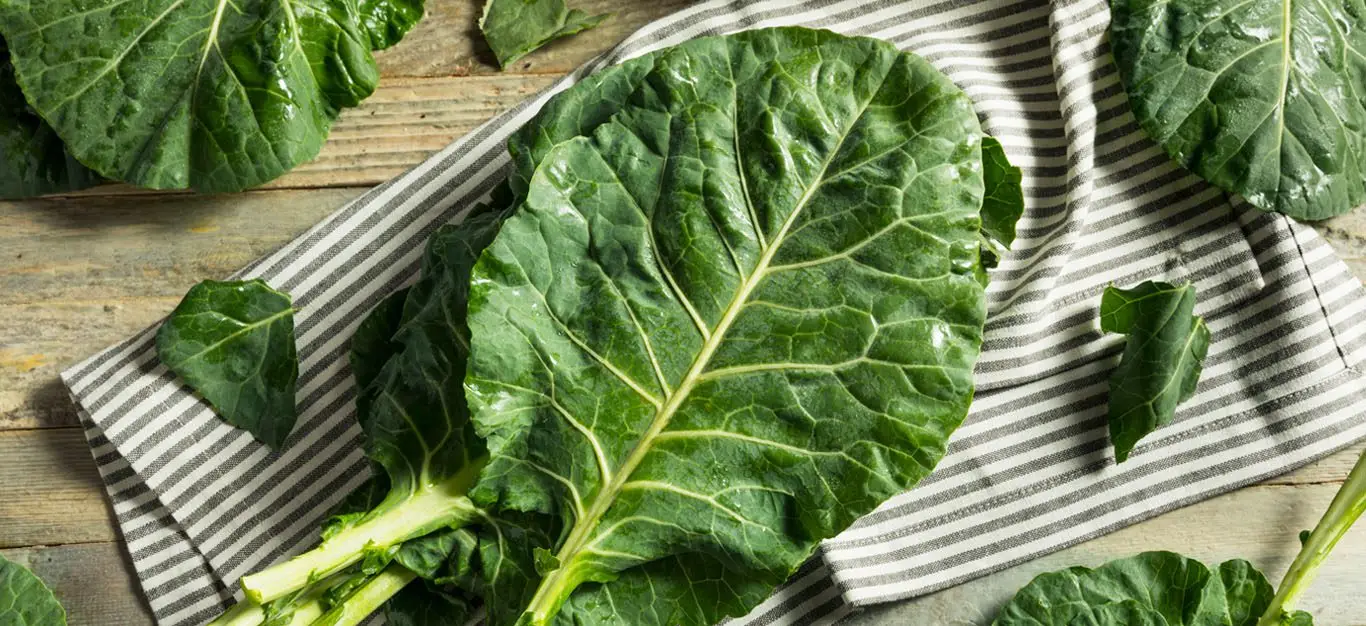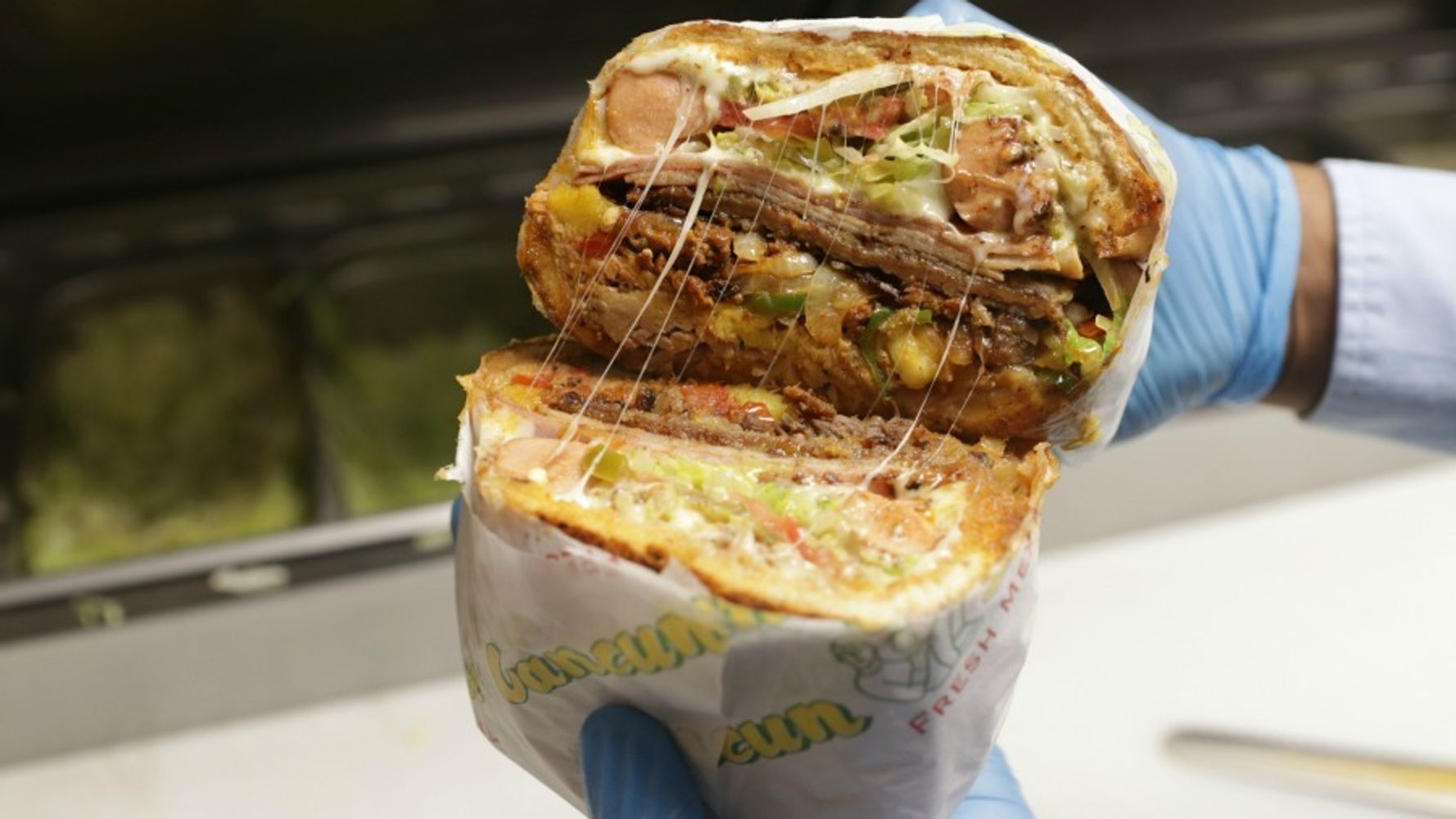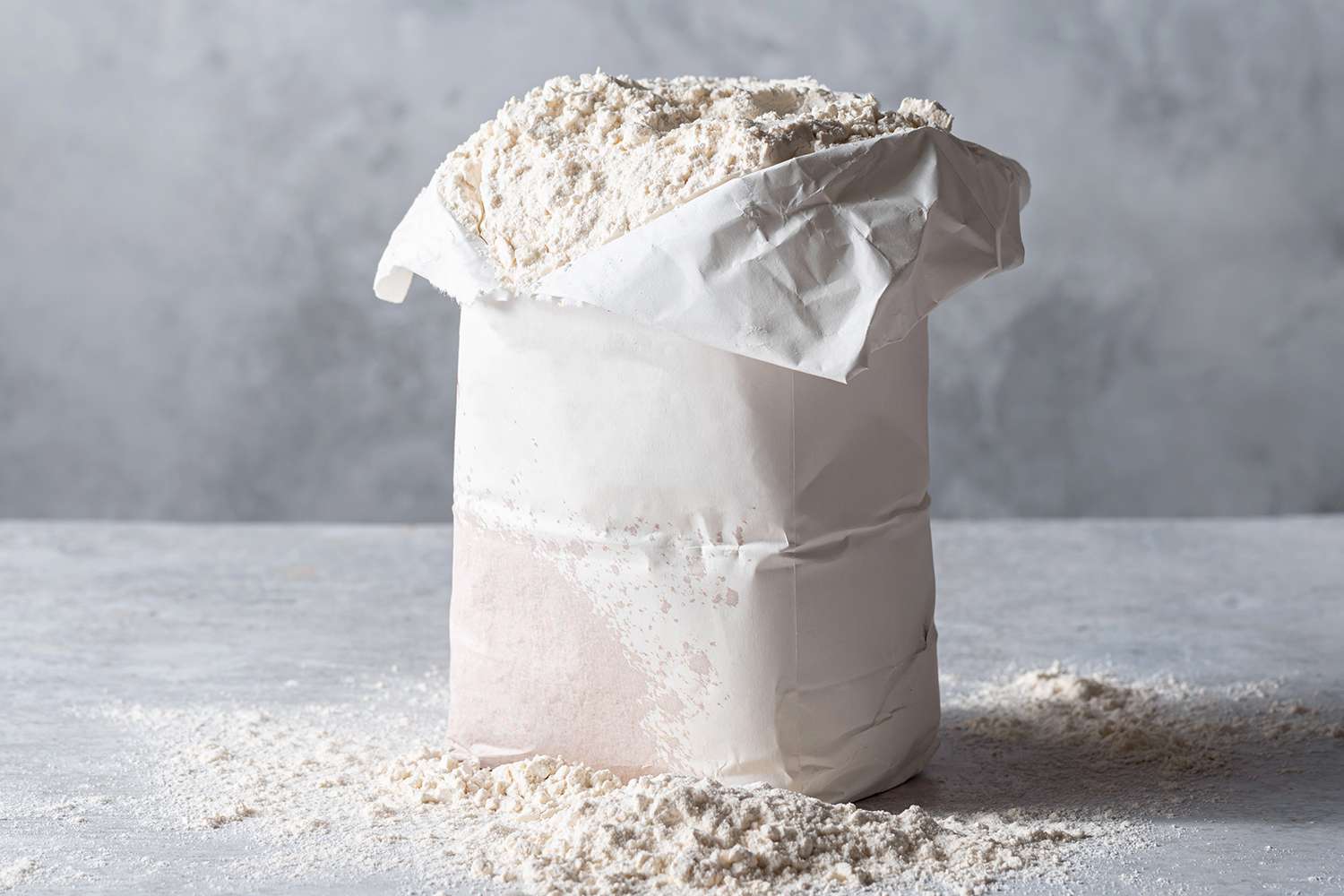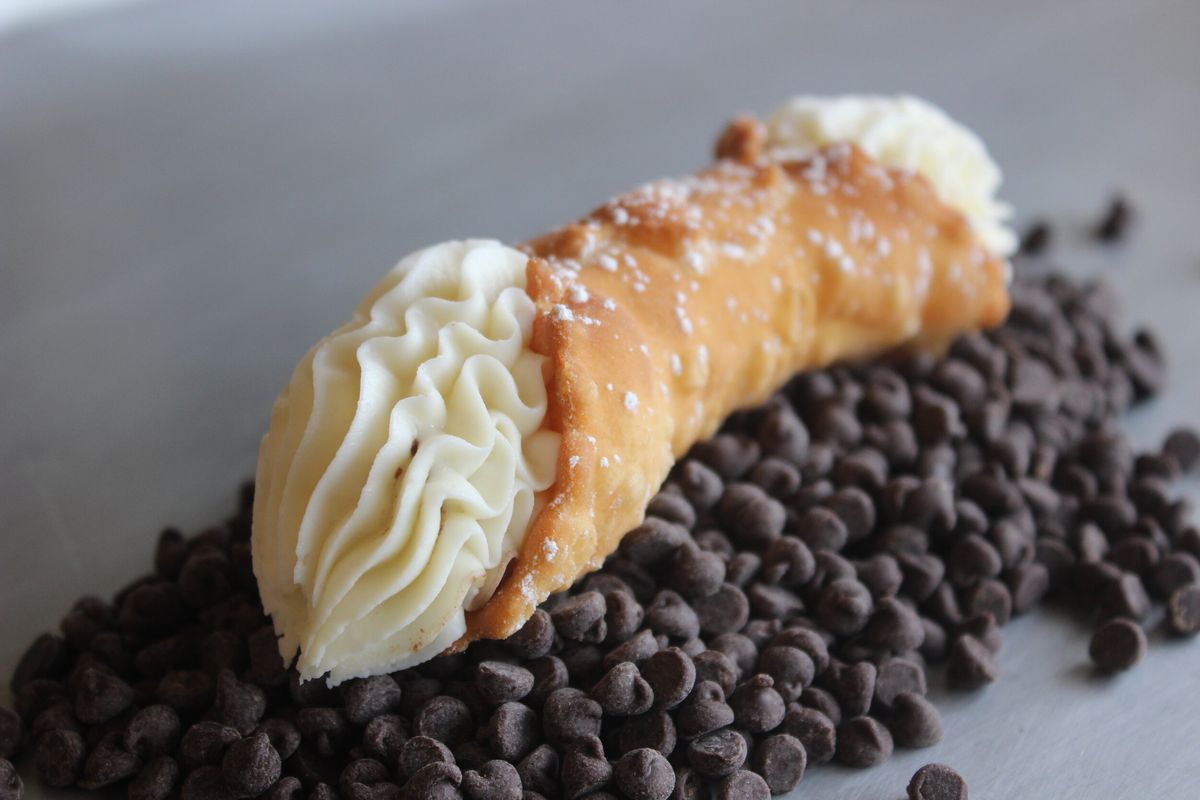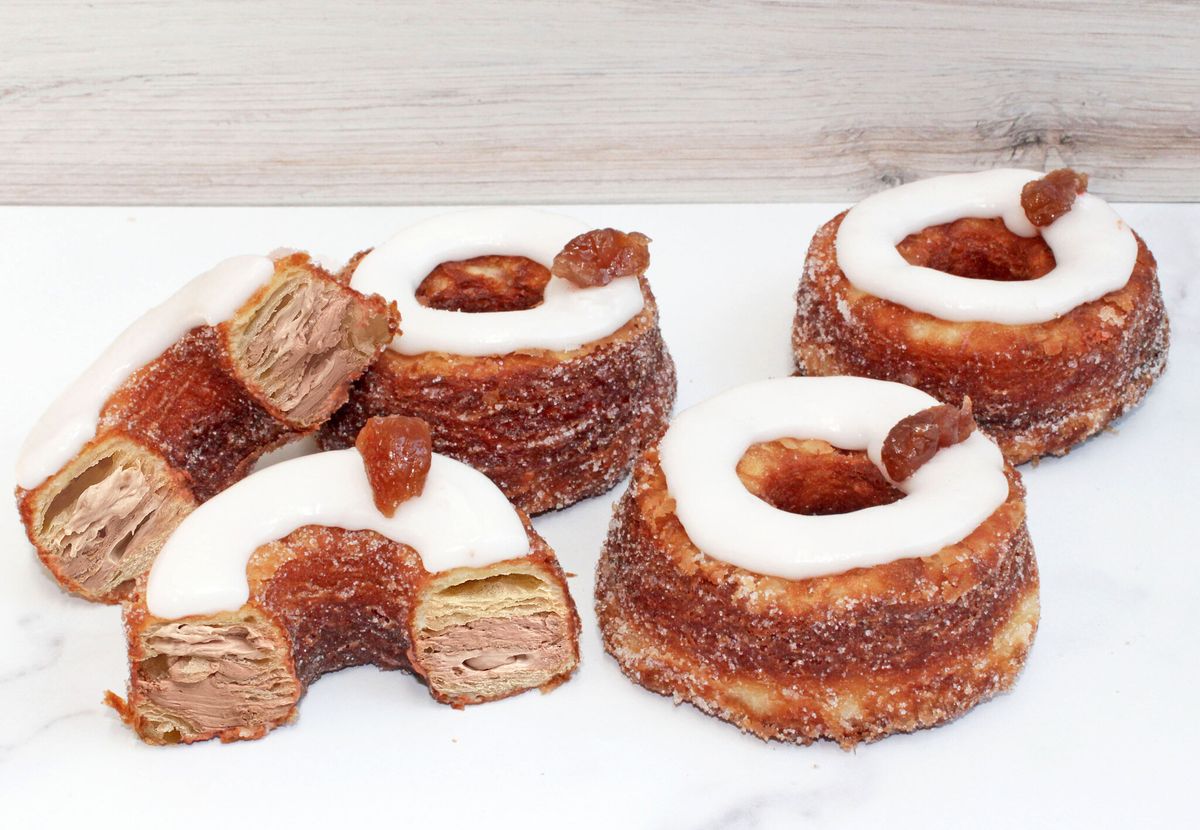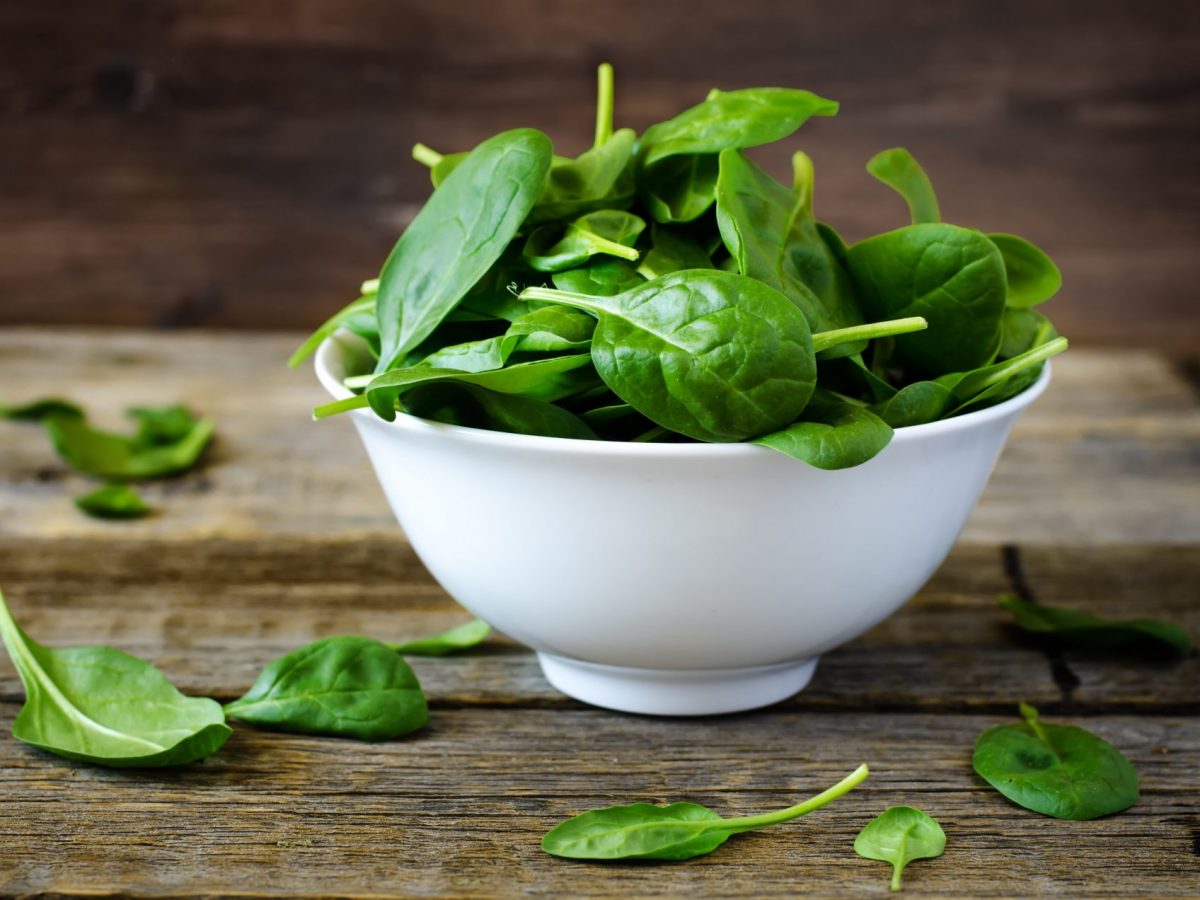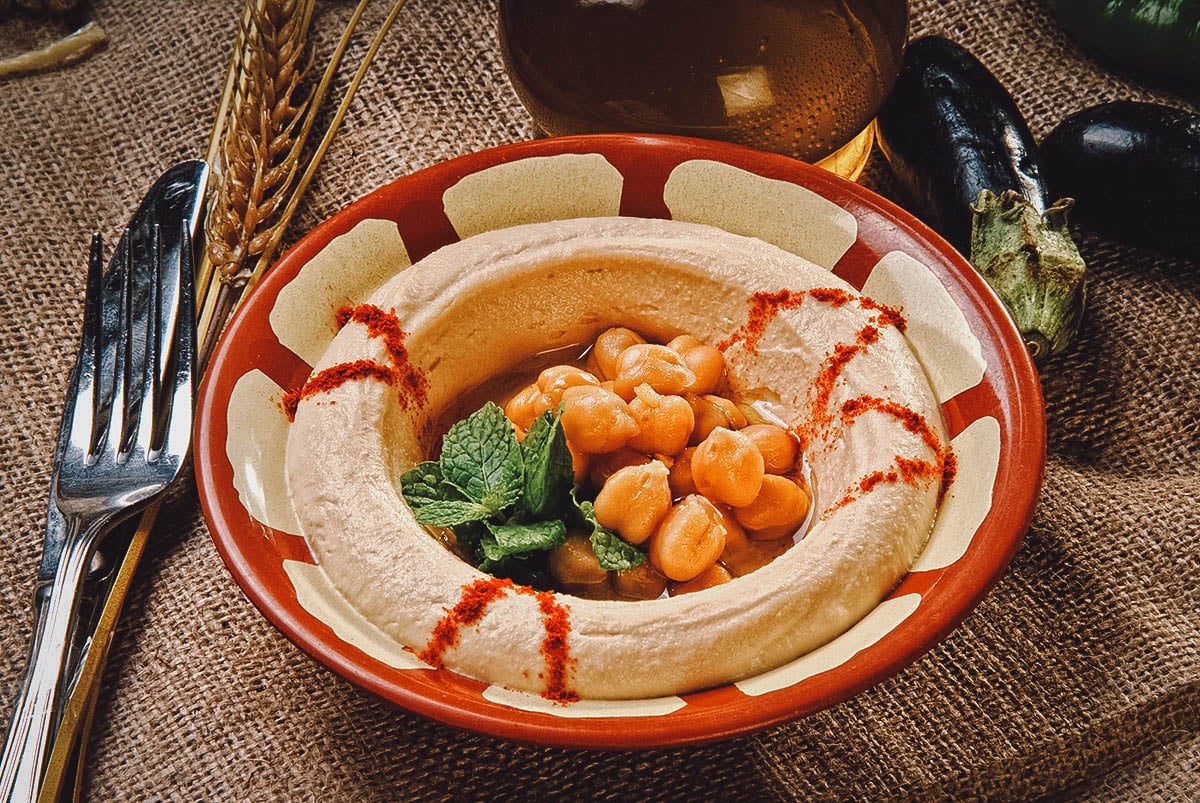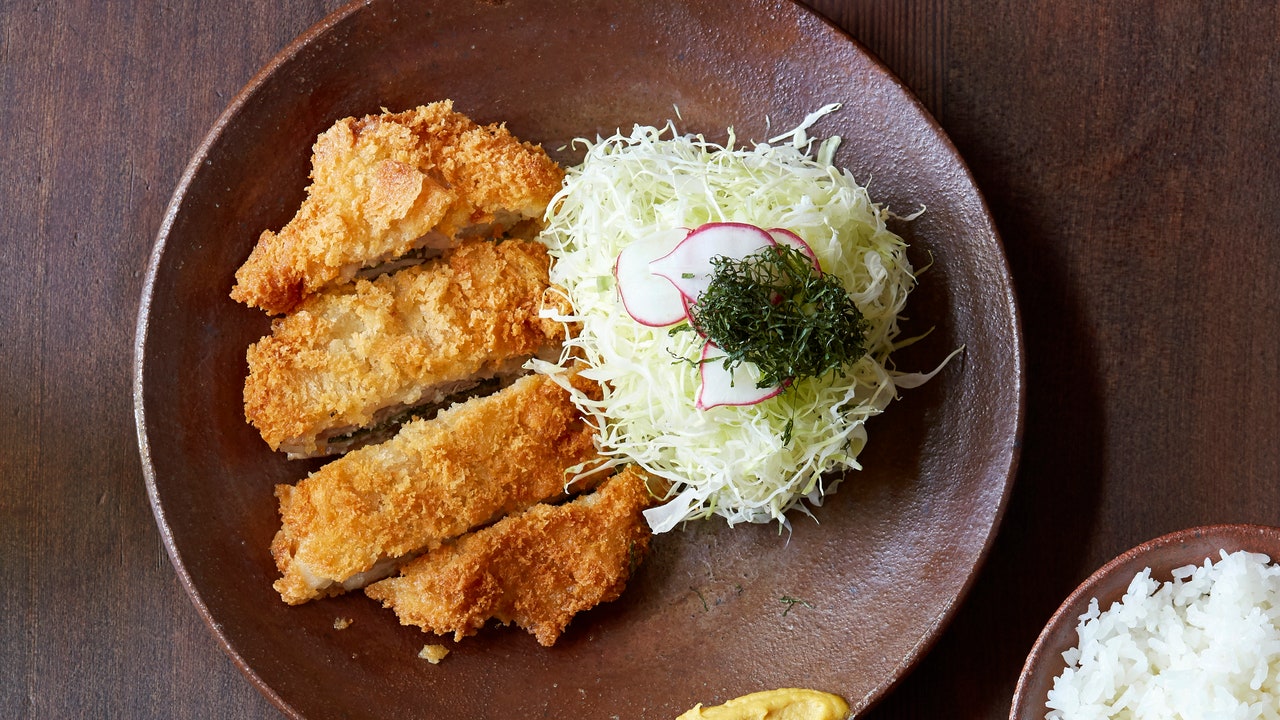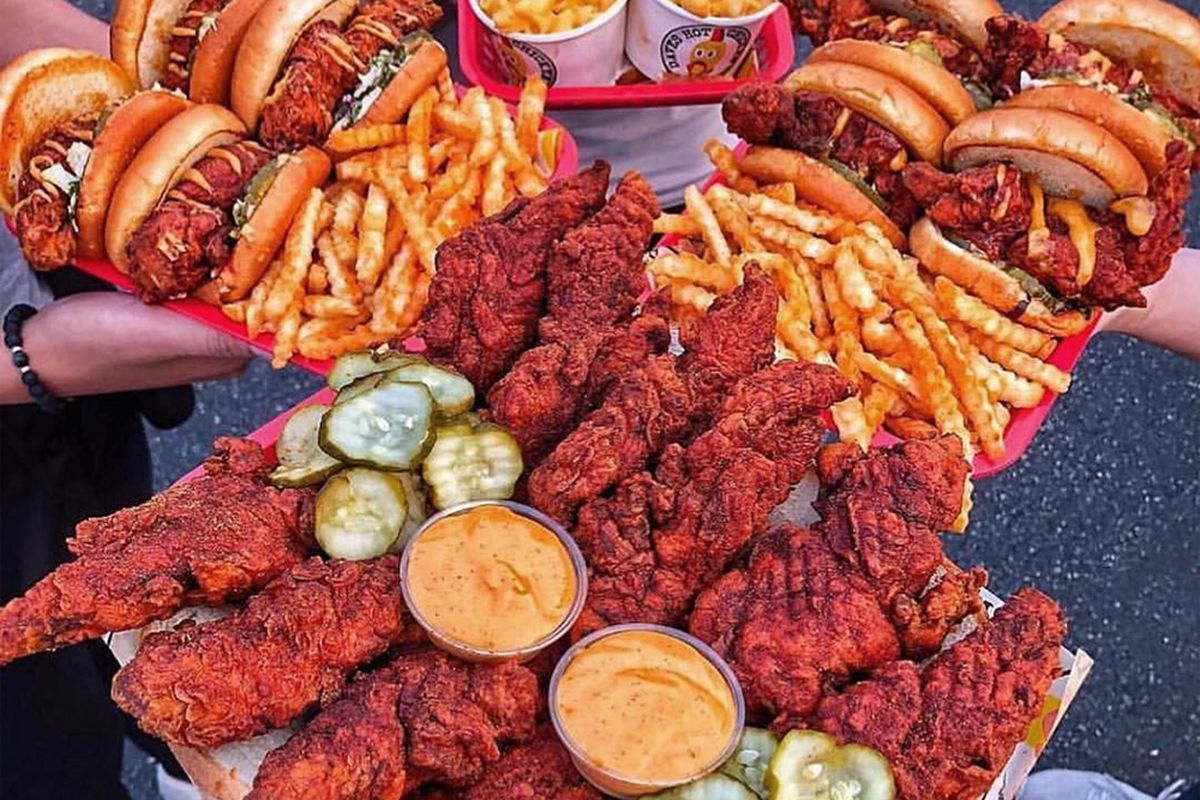Choosing the Perfect Cut of Ham for Baking
When it comes to preparing a delicious baked ham, choosing the right cut is essential for achieving the perfect flavor and texture. With several options available, it can be challenging to determine which cut of ham is best suited for baking. In this guide, we’ll explore the different cuts of ham and help you identify the best one for your next baking adventure.
1. Whole Ham
A whole ham, also known as a “bone-in” ham, is a popular choice for baking. This cut includes the entire hind leg of the pig and offers a rich, flavorful taste. Baking a whole ham allows the meat to retain its natural juices, resulting in a moist and succulent dish that is perfect for special occasions and holiday gatherings.
2. Spiral-Cut Ham
Spiral-cut hams are pre-sliced in a continuous spiral around the bone, making them convenient and easy to serve. This cut is ideal for baking as the slices open up during cooking, allowing the flavors to penetrate the meat thoroughly. The spiral-cut also makes it simple to glaze the ham, ensuring that every slice is coated with delicious, caramelized flavors.
3. Half Ham
A half ham is a portion of the whole ham, typically cut from the shank end or butt end. This cut is a versatile option for baking, as it can be easily accommodated in smaller ovens. Baking a half ham allows for more controlled portions and is a great choice for smaller gatherings or family meals.
4. Boneless Ham
For those who prefer a leaner option, boneless ham is an excellent choice for baking. This cut is easy to carve and offers uniform slices, making it a convenient option for serving. Boneless hams are often pre-seasoned or smoked, adding extra depth of flavor to the meat when baked.
5. Ham Hock
Ham hocks are the lower portion of the pig’s hind leg and are known for their rich, smoky flavor. While they are not typically baked as a main dish, ham hocks are often used to add flavor to soups, stews, and beans. Including a ham hock in your baking recipes can infuse your dishes with a delicious, savory taste.
When selecting the best cut of ham for baking, consider the size of your gathering, your flavor preferences, and the level of convenience you desire. Whether you opt for a whole ham, spiral-cut ham, half ham, boneless ham, or ham hock, each cut offers its own unique qualities that can elevate your baked ham to new heights of deliciousness.
Experimenting with different cuts and flavors can add excitement to your culinary creations and provide a delightful experience for your family and guests. So, next time you’re planning to bake a ham, choose the perfect cut and savor the mouthwatering results!
Was this page helpful?
Read Next: What Is A Grams To Cups Converter

